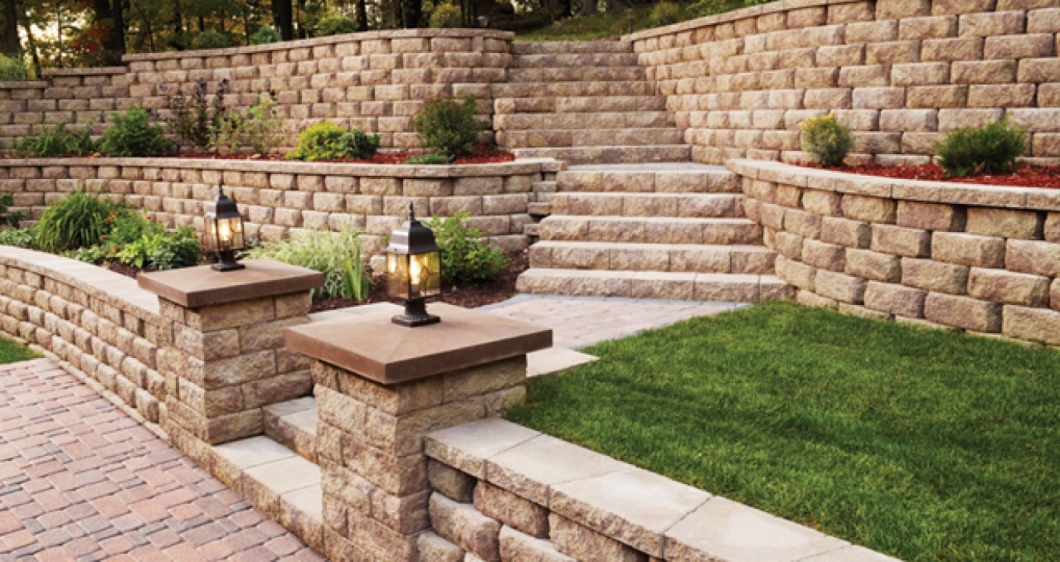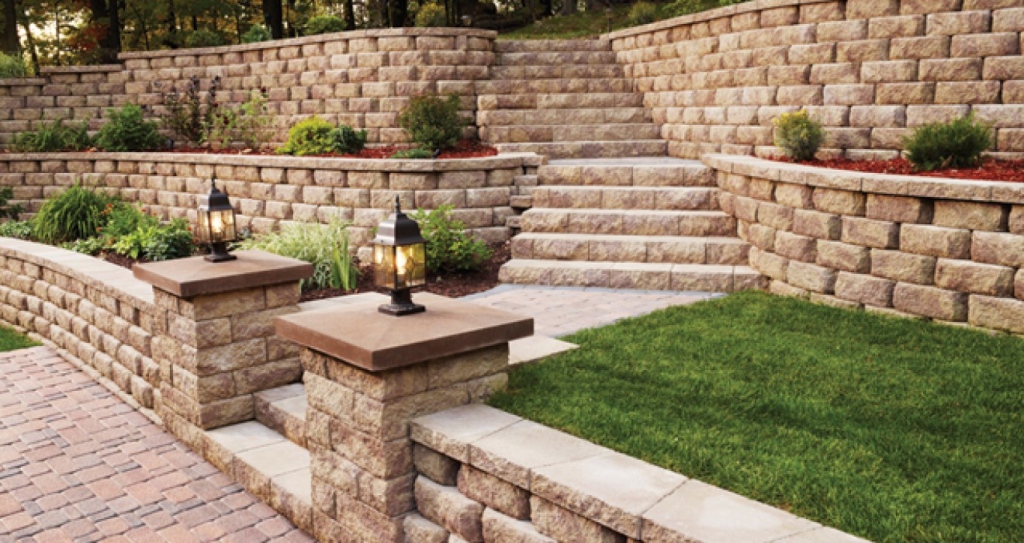If you’re present endeavoring to discern about the pros and cons of constructing a retaining wall, find out the answer to these questions:
- Do you have a property near uneven ground?
- Do you reside in a wet climate location where soil erosion and flooding is common?
- Do you want a touch of glamor to your property?
If yes, then it’s the perfect time to install a retaining wall
The Advantages of a Retaining Wall
Well, retaining walls offer multiple uses and advantages to a house owner. Usually, it major purpose is to avert sloped earth erosion which could lead to shifting and sliding, thereby damaging your property. They are also effective in weather with heavy rainfall like Pacific Northwest. Efficient retaining walls not only support sloping earth but also serve as a perfect medium of draining water runoff. Additionally, it also offers agricultural advantages too.
After from the practical help, the structure brings an aesthetic value to your property. It accentuates the resale value of your house and enhances your own enjoyments. For instance, you can easily create the wall in levels or steps to add different types of plantings and flowers. It will add color, texture and a new look to each step or level. Stepping retained walls are an efficient way to control erosion.
Options for retaining walls
As the framework offers support for straight up grade changes, an operational one should be crafted in such a manner to house and redistribute the horizontal pressure. Thus, they differ in type and size and often comprise of materials such as brick, steel, stone, concrete and pressure timber.
Some of the common types of retaining walls are:
- Gravity retaining walls- they rely on the weight to manage the back pressure
- Sheet pile retaining walls- they are used for limited spacing and soft earth
- Anchored retaining walls- they use anchors behinds the walls for better support


